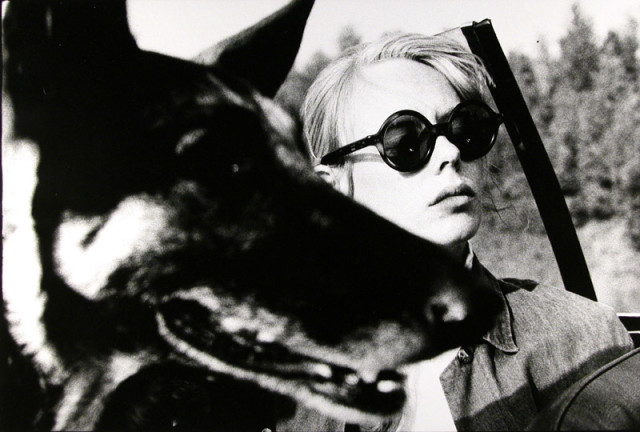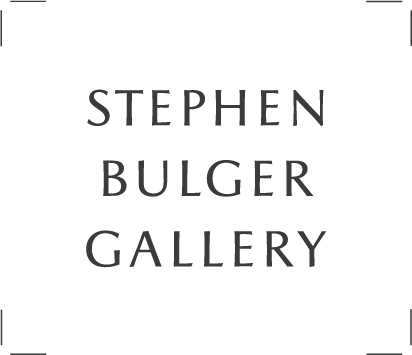(b. Montréal, Quebec, 1936; d. Montréal, Quebec, 2011)
John Max was born in Montreal in 1936 to parents of Ukrainian origin who arrived in Canada in the 1920s. He studied painting with Arthur Lismer and music at the McGill Conservatory of Music before discovering photography in the late 1950s through Lutz Dille, whose work, strongly influenced by Europeans such as Cartier-Bresson, Kertész, and Doisneau, brought the subjectivity of the photographer to the fore. Max discovered in this approach something that corresponded with his own vision of the human condition. From that point on, he devoted himself to photography. While self-taught, Max then completed his training with Guy Borremans and Nathan Lyons.
Throughout the 1960s, Max worked on assignments for various magazines and for the Still Photography Division of the National Film Board of Canada. During this immensely productive decade, his work was widely disseminated, particularly in the many exhibitions and publications of the Division. Max also produced photographs for the Christian Pavilion at Expo 67. He represented Canada at the Fifth Biennial in Paris in 1967 and took part in Four Montreal Photographers, an exhibition organized and circulated by the National Gallery in 1968. An exhibition of 57 photographs entitled And the Sun it Shone White All Night Long toured Europe in 1969, sponsored by the Cultural Services of External Affairs Canada.
Max's photographic vision reached its maturity with the Open Passport - Passeport Infini exhibition organized by the NFB's Still Photography Division and shown at The Photo Gallery in Ottawa in 1972. This series features 160 black-and-white photographs taken predominantly in the 1960s, where Max uses the medium as a tool for introspection to create a diary of his life. He described his undertaking: "I photograph the inner state - that is what I try to do. These images of friends, family, Indians, strangers on the street reflect my being, conscious and unconscious; and more and more, I am becoming aware of the relationship between actions and the attainment of personal liberation. This is what I am concerned with - the liberation of man, an OPEN PASSPORT, a PASSEPORT INFINI."
As the sequence of images unfolds, people appear who become leading characters in the narrative: a child growing up over the years (Max's son), a woman going about her domestic chores (Max's wife), family, and close friends getting together. Also recognizable are figures from the Montreal artistic community: graphic artist Vittorio, designer François Dallegret, artist Charles Gagnon, photographers Nina Raginsky, Sam Tata, Guy Borremans, and Judith Eglington. We also catch a glimpse of Max's youthful passion for music. One image captures the intensity of Janis Joplin in concert, another captures a nonchalant Frank Zappa in the wings; a young Leonard Cohen confronts the lens, full of intensity.
In organizing the photographs, Max demonstrates his unique mastery of the vocabulary of sequencing and his extraordinary ability to weave a polysemous narrative in which meaning is obtained not only by images but by how they relate to one another. Throughout Open Passport, he brings several narrative strategies into play: repetition, scansion, breakdown of actions, and visual continuity. Each group of images fits into the other to form a whole, representing far more than the sum of its parts. The acute interiority of this whole derives from his handling of portraits. Shot in close-up, these display an infinite variety of physiognomies and, above all, of people's inner states as reflected on their faces. The protagonists, looking directly into the lens, call upon us to bear witness. Their faces and gestures are those of everyman. Ultimately, Max's voyage into emotions and personal rituals becomes universal - part of the experience common to humankind.

